
Green Grads rethinking materials this weekend
Green Grads return to Pearson Lloyd’s Yorkton Workshops this weekend with a fresh wave of material innovation, from waste-wool electronics to waste-as-fuel appliances.
Find them at 1-3 Yorkton Street, London E2 8NH, on Saturday (11am-7pm) and Sunday (11am-6pm). Admission is free, no booking required.
URGE co-founder Ella Doran returns as a judge.
Here’s a look at three projects you will find at the show.
WoolTech - Hinna Khan
“The British wool industry is collapsing,” says Hinna Khan. “Coarse-grade fleeces fetch as little as 60p/kg and are often burnt or buried.”
The WoolTech project transforms waste wool mixed with milk into reusable circuit boards. By combining the conductivity of carbon-rich wool with a biodegradable binder, a by-product of the textile industry becomes a circular material for electronics. “Wool is seen as soft, but it’s naturally fire-retardant, water-repellent, and durable - ideal for electronics,” says Hinna.
Other Green Grads are finding unexpected futures for British wool. Iestyn Howorth has developed a prototype 3D printer to transform wool waste, along with a supporting platform called Herd to help farmers start small-scale manufacturing businesses.
POINT - Noé Chouraqui
"Why couldn't we have one tennis ball that lasts for years?" asks Noé Chouraqui with the Design Council Award-winning project POINT. The 3D-printed, pressureless ball uses PLA-HR, a recyclable bio-based filament, and rethinks its internal structure and manufacturing to achieve ITF-tested performance.
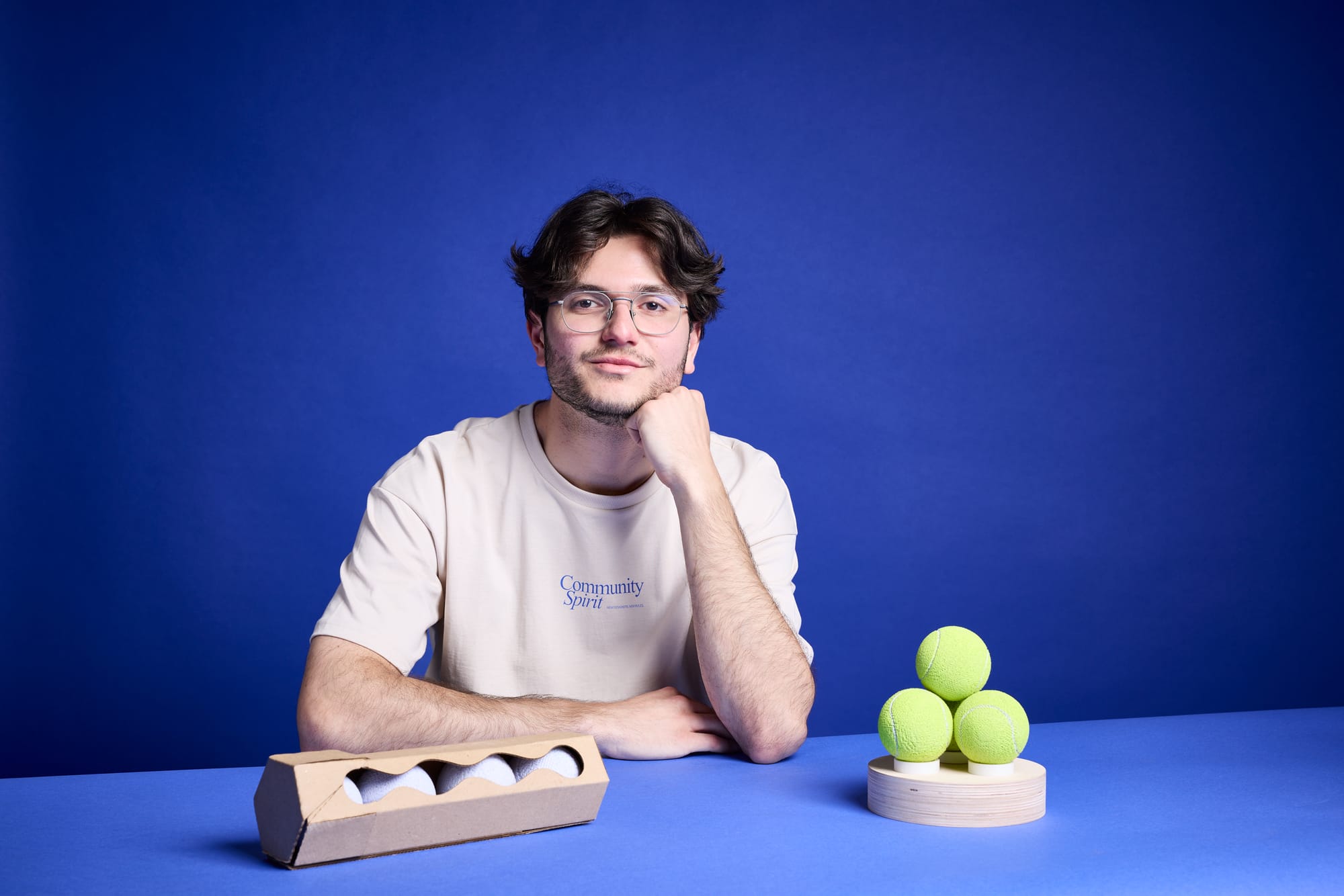
BioKettle - Ted de Turris
What if kitchen scraps could power your cooker? BioKettle converts food waste into biogas through anaerobic digestion, capturing methane as food decomposes and turning it into fuel. The project offers a decentralised solution to food waste, significantly cutting emissions compared with landfill disposal.
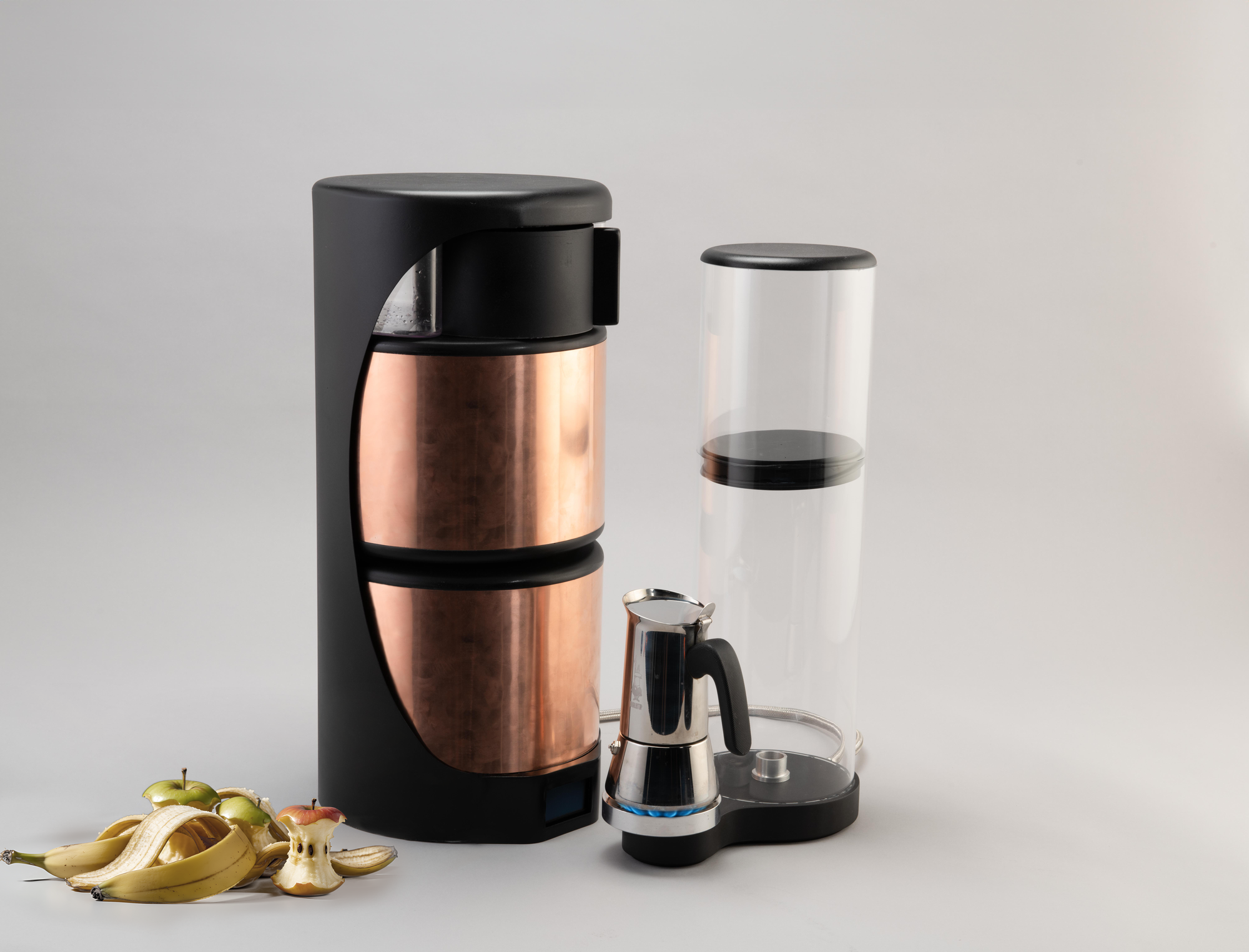
Other projects to look out for:
- Neve Beill turns cigarette ash and construction-site clay into glazed ceramic vessels.
- Ollie Stroud turns shellfish debris into refined tableware.
- Salma Garana turns wool and cigarette filter waste into acoustic panels.
- Rahat Rai turns household dust into slippers.
- Charley Softley turns discarded bikes and chairs into furniture.
- Alex Clark turns salvaged bike parts into new bikes, attaching them to a standardised plywood frame.
- Amber Fry turns homegrown dye plants and British wool into handwoven textiles.
- Jenna Handley turns seaweed into biomaterials and natural dyes.
- Peerasin Hutaphaet turns fungi pigments and bacteria into living printing inks.
- Funmi Olawuyi turns pineapple fibre into plant-based hair extensions.
- Katherine Soucie presents her PhD research outlining a blueprint for creative reuse, circularity, and regeneration.
URGE reading materials this winter
As winter sets in, URGE shares a selection of books exploring creative wellbeing, purposeful practice, regenerative design, and natural intelligence.
From People to Planet
A personal and practical exploration of what it means to design with purpose in a world facing social and environmental crisis. Drawing on over a decade of leading the Morrama design studio, Jo Barnard shares her reflections on striking a balance between purpose and profit.
Jo is co-director of Design Declares and founder/director of Morrama.
URGE co-founder Alexie Sommer provided content guidance.

The Creative Wellbeing Handbook
If you're a designer, writer, artist, or anyone trying to stay inspired while juggling life’s demands, this book is for you. The Creative Wellbeing Handbook offers practical tools to help you reconnect with your creative energy without needing more discipline, time, or hustle. This isn’t another self-help manual. It’s full of visual inspiration, lived wisdom from over 100 creatives, and Emmi Salonen’s own story of burnout and renewal.
Emmi is a graphic designer, creative director, and educator who founded Studio Emmi in 2005. Her work centres on design as a force for connection, wellbeing, and sustainable choice. She has previously collaborated with Jo Barnard and Alexie Sommer through Design Declares.
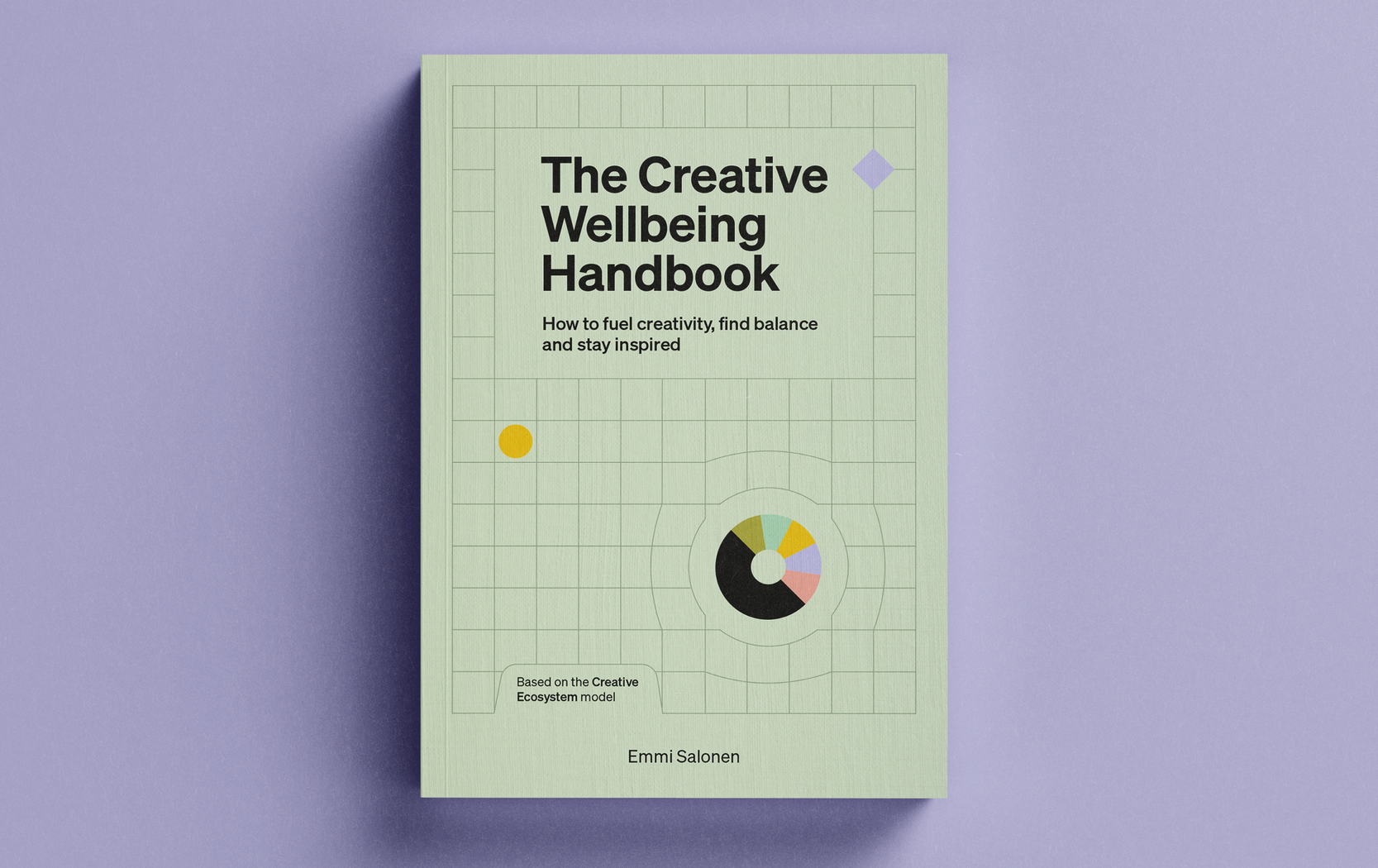
The Pattern Book for Regenerative Design
Oliver Broadbent, founder of Constructivist, co-leader of the Regenerative Design Lab and co-author of The Regenerative Structural Engineer, offers a practical guide to embedding regenerative thinking in design and engineering. All exercises are shared under a Creative Commons licence (CC BY-SA 4.0), enabling free adaptation with attribution.
URGE co-founder Alexie Sommer edited and designed the book in collaboration with Beatriz Patarata.
 Constructivist
Constructivist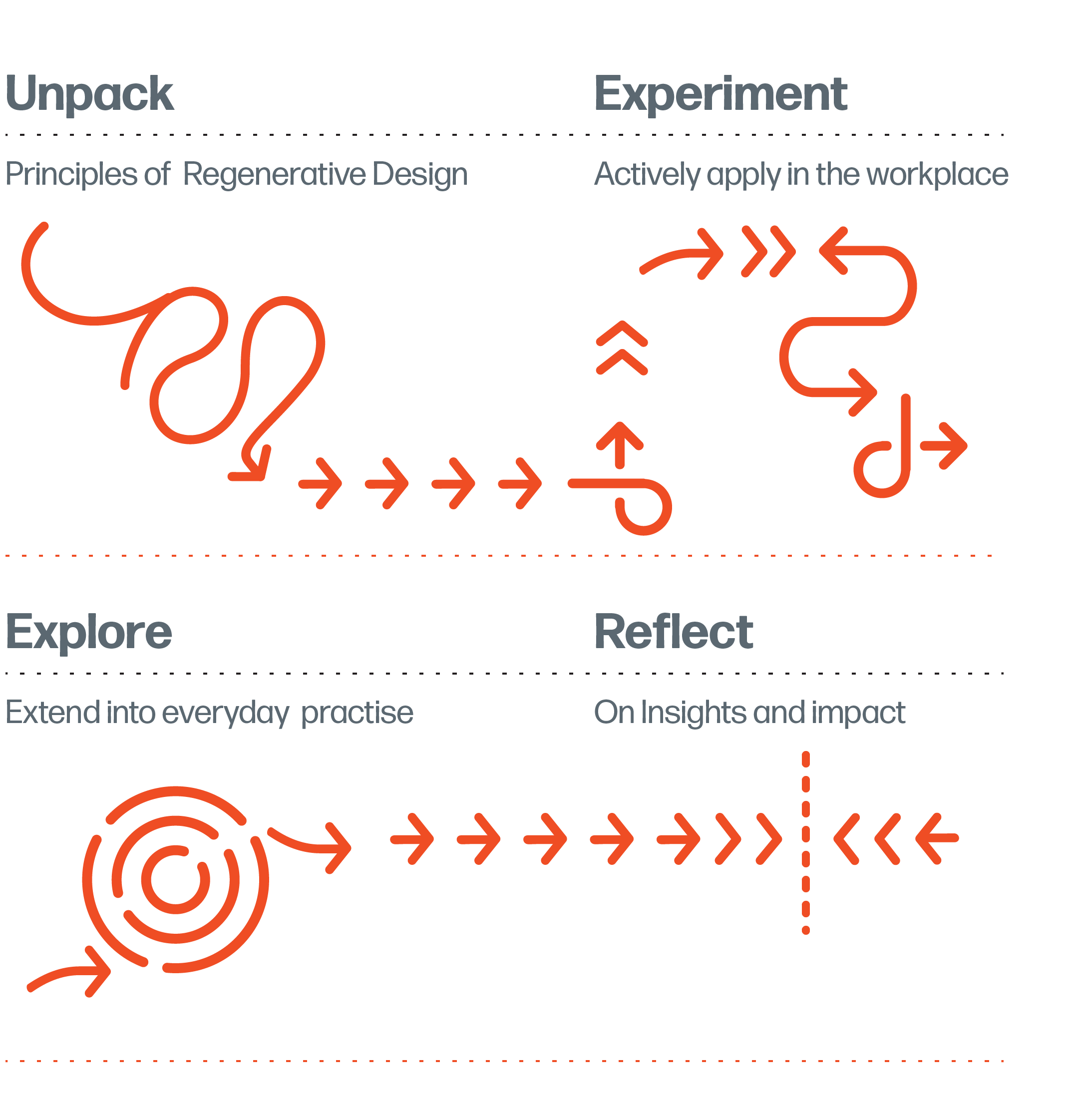
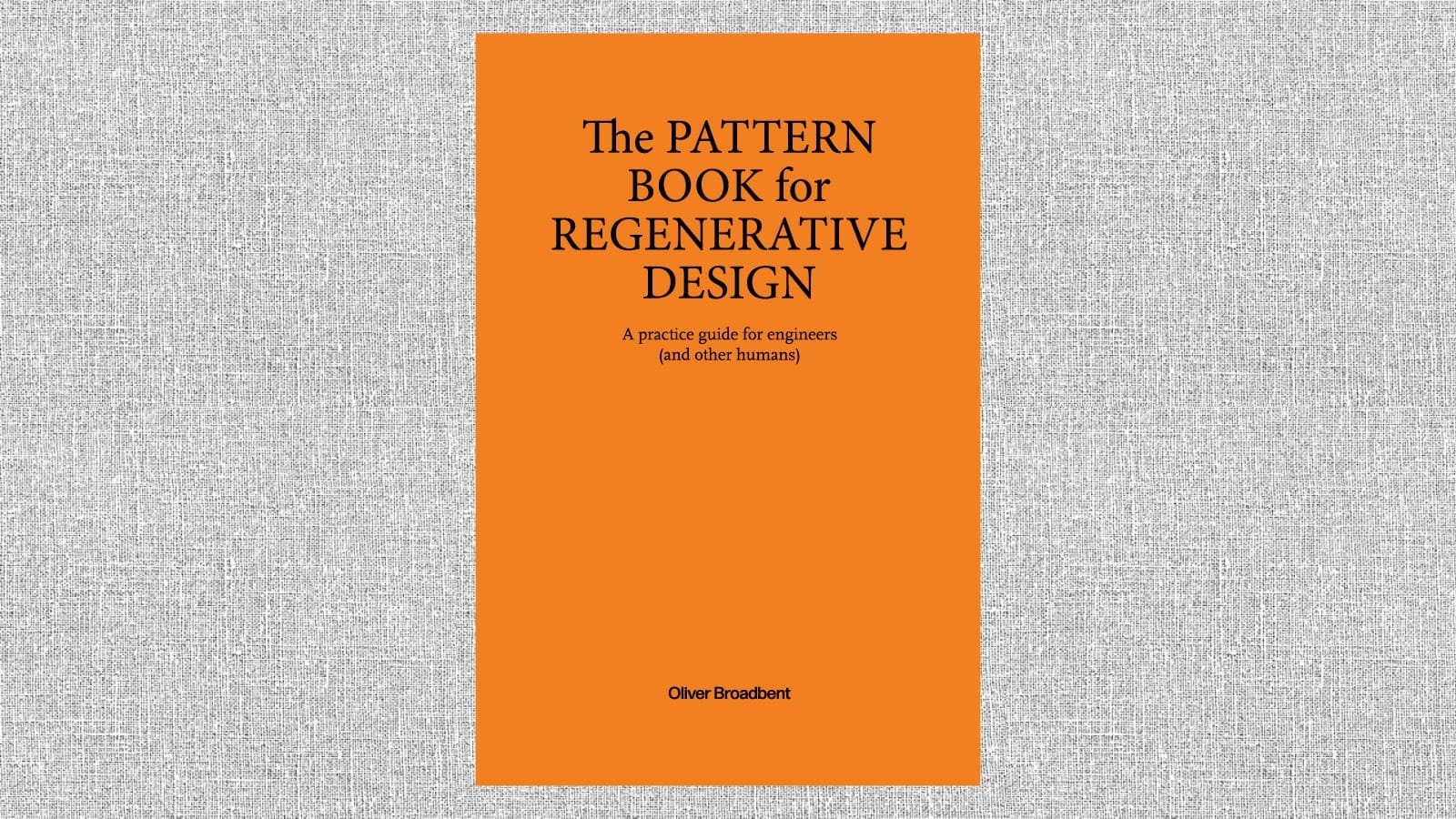
Biomimicry in Architecture
Now in its third edition, Biomimicry in Architecture has been completely rewritten to present a more transformative case for biomimicry. Michael Pawlyn asks: if many people now say, “We are nature,” what does it mean to design as nature? The book explores how biomimicry can radically rethink the design of the built environment and integrate everything we do as humans into the web of life.
Michael is a co-founder of URGE and director of Exploration Architecture. Hear him talk about the book on the Accidental Gods and Green Urbanist podcasts.
 ACCIDENTAL GODSeverydaywild
ACCIDENTAL GODSeverydaywild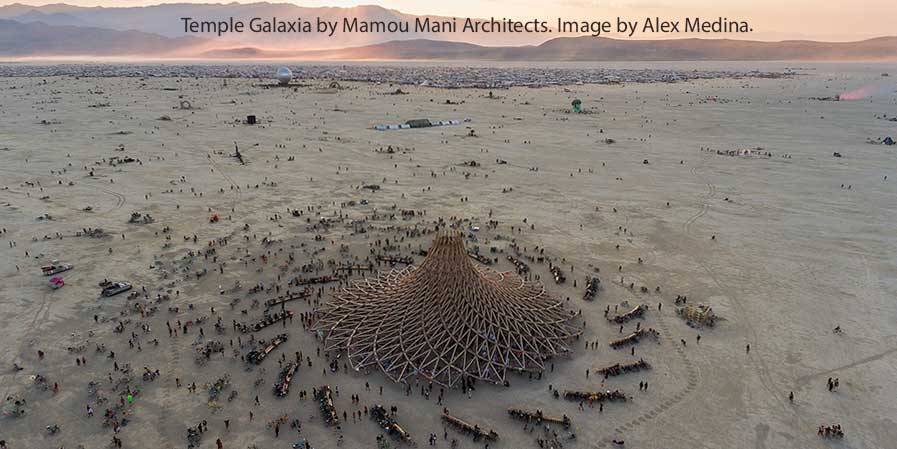
 Green Urbanist Podcast
Green Urbanist Podcast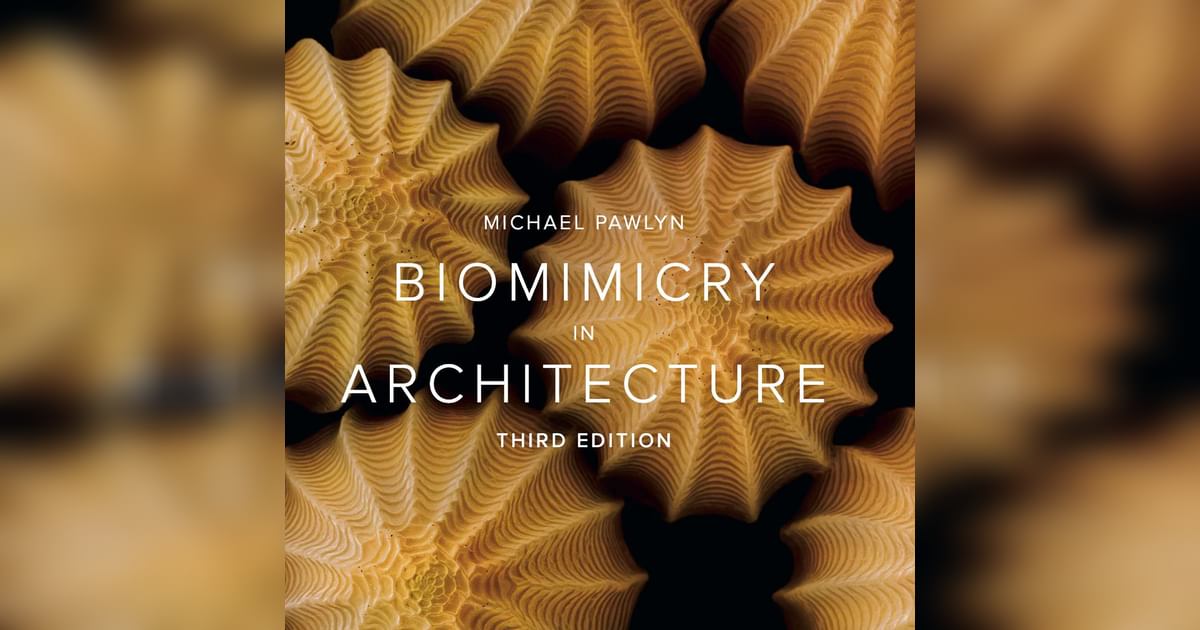
Sign up for URGE Collective
A creative industries collective dedicated to system change
No spam. Unsubscribe anytime.

